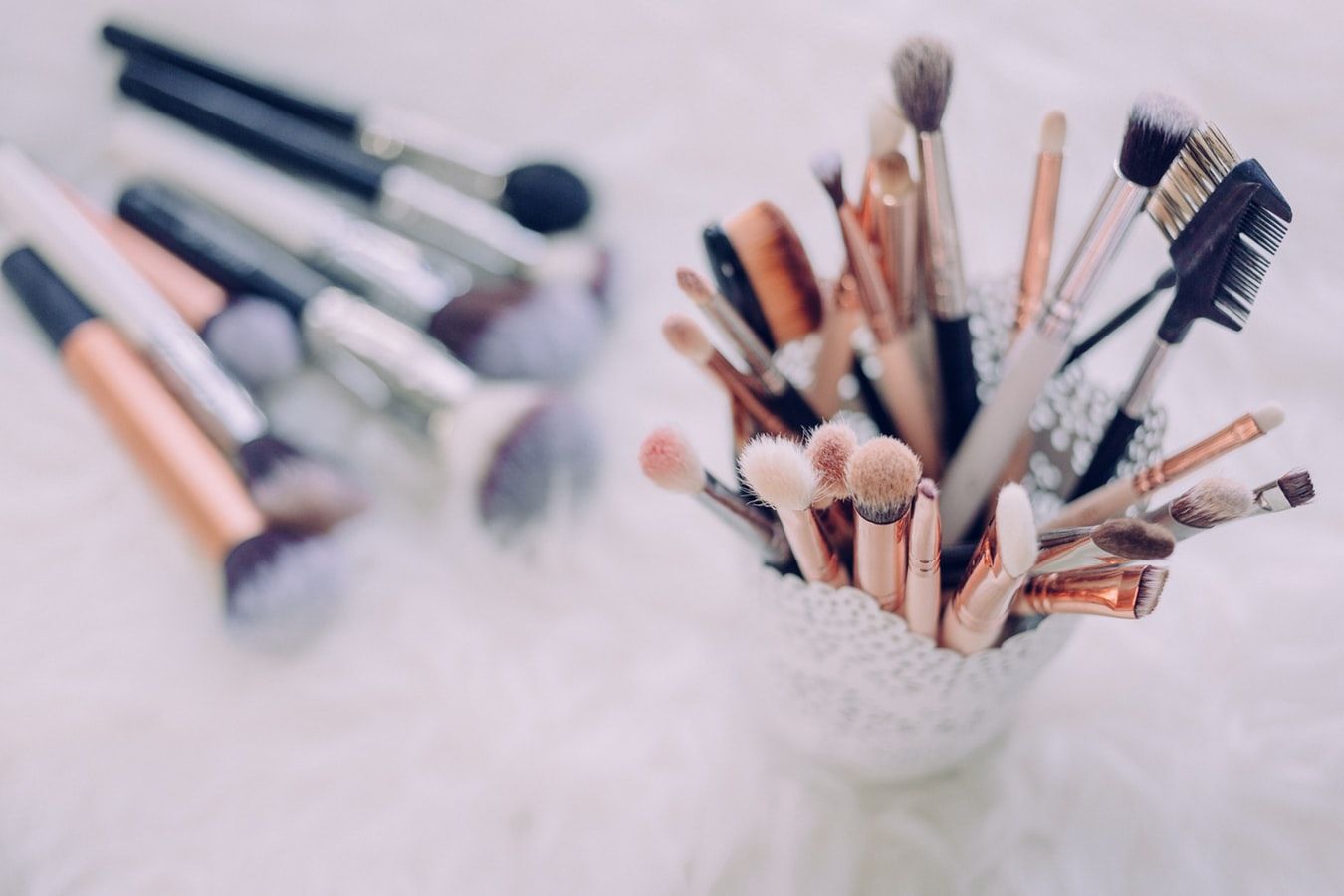A student guide to the science behind the clean beauty trend
The past couple of years have been marked by an obsession with clean-everything. Consumers are all aboard the wellness and detoxification bandwagon and are attentively reading labels in the grocery store and beyond. Scientific words have been circulated, and suddenly we’ve all become experts at identifying good and bad ingredients. Parabens, phthalates, sulphates, oxybenzone, triclosan, hydroquinone, and artificial fragrances have become infamous in the beauty market as ingredients to be avoided at all costs—but what does ‘clean’ really mean?
While clean beauty is an all-encompassing term with little to no legal regulation, there are two ingredients that have been ditched by a large number of clean beauty advocates: parabens and sodium lauryl sulphate (SLS).
Consumers are all aboard the wellness and detoxification bandwagon and are attentively reading labels in the grocery store and beyond
Parabens are a group of preservatives and antimicrobial chemicals that prevent mould growth in products. The problem is that, as research confirms, they mimic oestrogen and are linked to thyroid disruption, hormone-related cancers and obesity. The surfactants sodium lauryl sulphate (SLS) and its ethoxylated cousin sodium laureth sulphate (SLES) are the key compounds used to create lather and foam in products and have been listed as a likely human carcinogen by the Environmental Protection Agency (EPA).
The ‘clean’ label generally refers to a product that uses a nontoxic element as a baseline and plant-based ingredients for active results, while ‘green’ should mean that the product does little to no harm to the environment. Definitions of clean beauty are altogether fluid and difficult to tell apart ‘clean’ products from those that are a wolf in sheep’s clothing. The general sustainability trend has made the market a goldmine for ‘clean’ brand strategies founded on making unsubstantiated claims and deliberately misleading customers. Such so-called ‘greenwashing’ is enabled by the fact that the main buzzwords, clean, natural, nontoxic, and green, have no enforceable definition.
Definitions of clean beauty are altogether fluid and difficult to tell apart ‘clean’ products from those that are a wolf in sheep’s clothing
As a consumer, it is important to be wary of the marketing trend and know that what is advertised on the aesthetic, minimalistic and recyclable packaging does not guarantee an equally ‘clean’ ingredient label. There are many different elements within ‘clean beauty’, whether it refers to a conscious lifestyle, free-from toxic ingredients, vegan ingredients or sustainability. Companies are able to tap into any of these titles and declare themselves a ‘clean’ brand because there are no enforcements in place, something that can be very confusing for the customer. The Soil Association petition movement urges the enforcement of legal standards for natural or clean beauty products and for brands to #ComeCleanAboutBeauty.
With cult beauty brands inflating the clean beauty market with their 100% free from GMO, toxins, fillers, artificial colours and fragrances, and synthetic chemicals formulae, it may leave us wondering—is clean beauty reserved for the 1 percent? What is the use of skimming labels and checking for a stamp of approval when your right to choose which ingredients to avoid is limited by your budget? Why do ingredient conscious products typically come with a hefty premium price tag? Think of clean beauty as a spectrum. Natural products contain ingredients sourced from nature or plants, while organic products take things a couple steps further in picking non-GMO ingredients that have been grown, raised, harvested, manufactured and preserved without chemical herbicides, pesticides, fungicides or antibiotics. All this extra effort is undertaken to offer products with as few contaminants as possible, which is partially why organic products tend to break the bank.
There are many different elements within ‘clean beauty’, whether it refers to a conscious lifestyle, free-from toxic ingredients, vegan ingredients or sustainability
Your skin is the largest organ and what you put on it is absorbed into the bloodstream, so approach the clean beauty trend with some common sense. Start by replacing products that are intended to stay on your skin all day, such as moisturiser, body lotion, and deodorant. Holland & Barrett offer a whole range of clean and conscious beauty products, for a range of budgets. If you are interested in swapping out some basic beauty necessities, take advantage of student discounts! Make sure you check the ingredients of whichever product you are purchasing and check that it fits into your personal expectations of ‘clean’. The biggest upside to the trend is that it has definitely made us take a closer look at what we put on our skin. While there is no need to do a Marie Kondo-style purge of your skincare cabinet, it may be worth reading some labels and making informed purchases in the future.

Comments